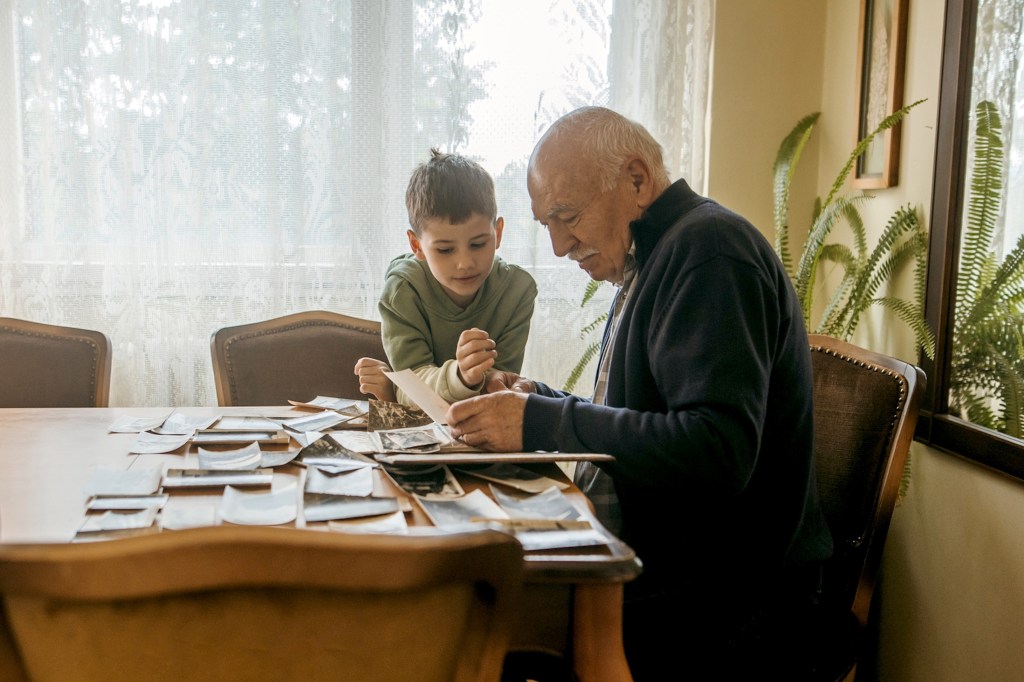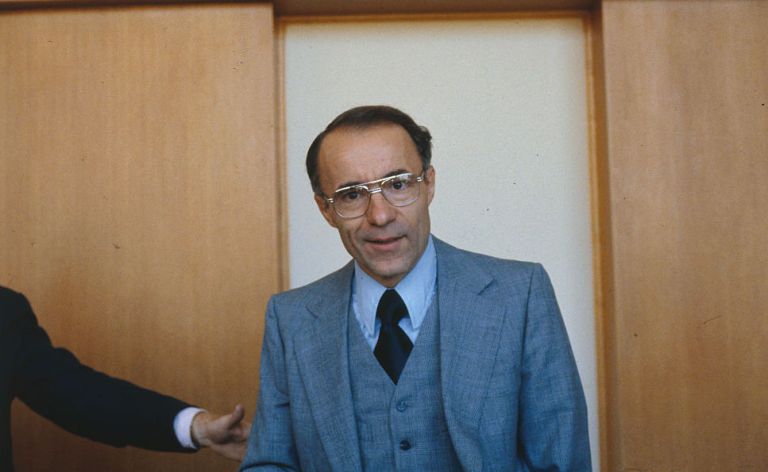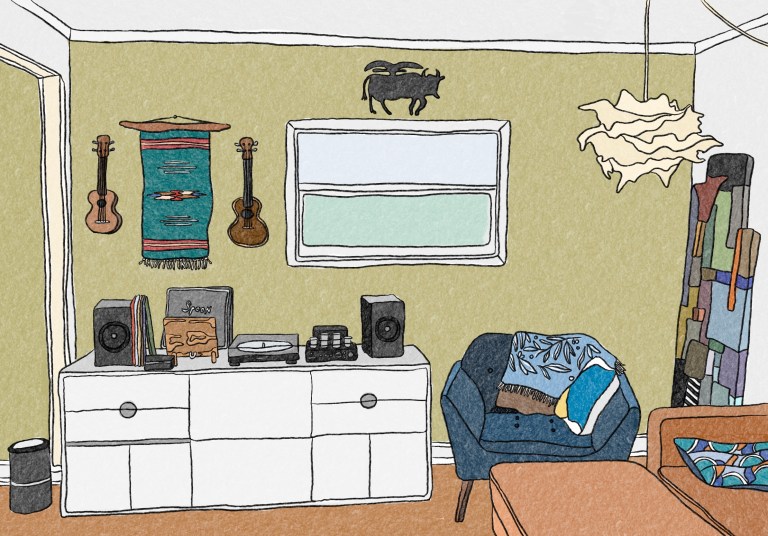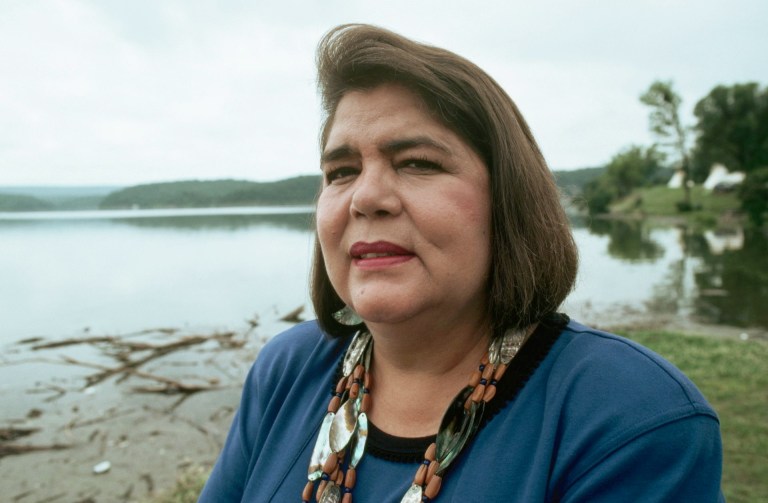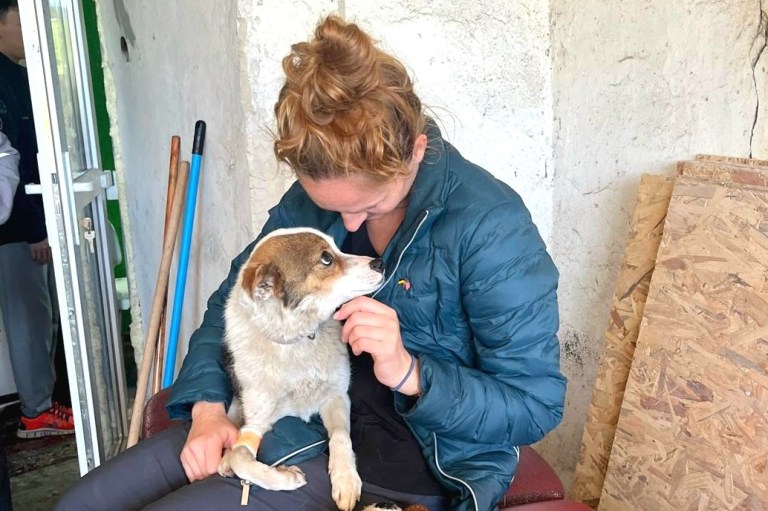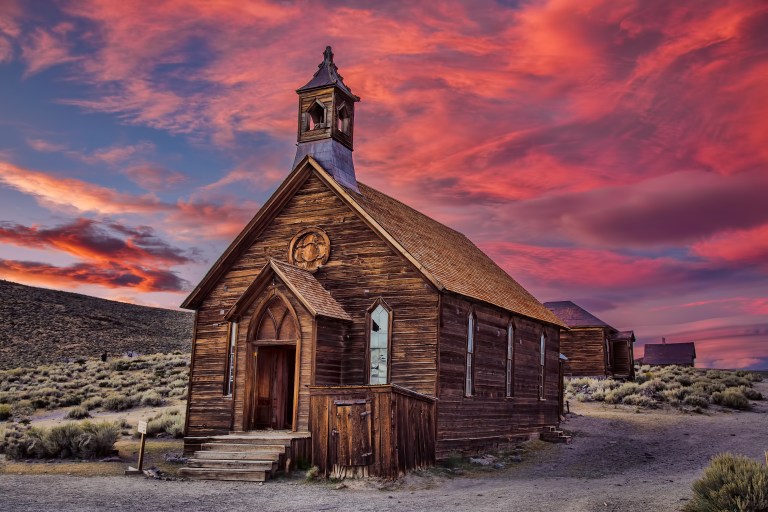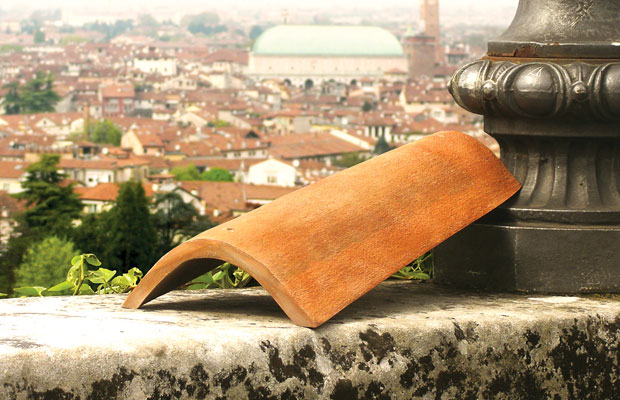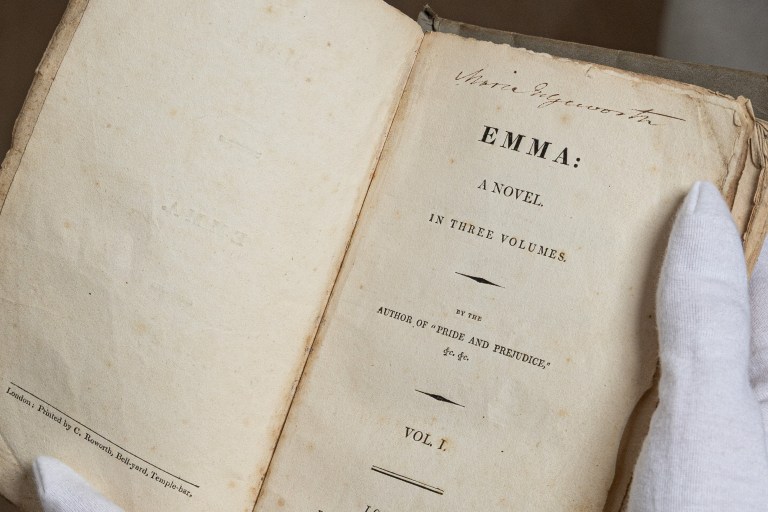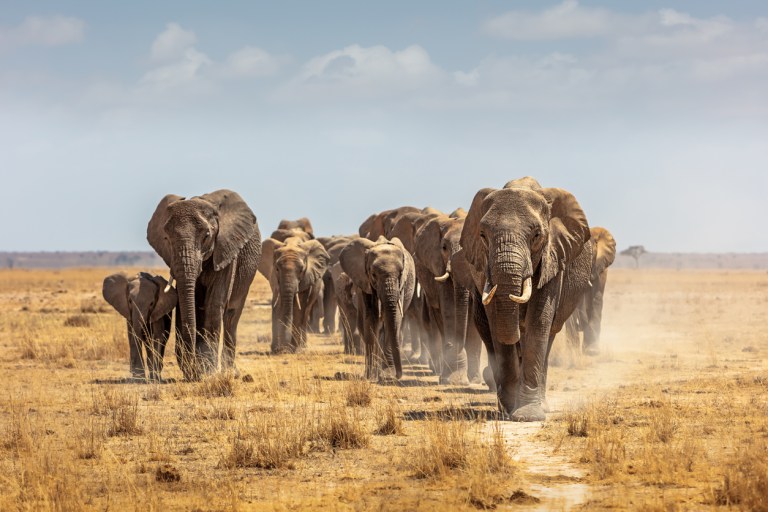There’s an old belief about death that’s often attributed to the ancient Egyptians and was later brought into the mainstream by Banksy: We all die twice. The first time is when we shuffle off this mortal coil physically, and the second is when our names are uttered by the living for the last time. That may sound a bit blue, but the concept highlights the impact of preserving memories of the people we love and sharing them with the generations after us.
So how do you go about doing that? You can start by documenting your family’s history. Every family has stories worth saving, and as October is Family History Month, now is the perfect time to embark upon this project. Let’s dive into the many reasons you should consider becoming a family chronicler and explore a few ways to get going.
Why It Matters
Your grandma might make the most incredible banana bread you’ve ever eaten, but if she whips it up by heart and you don’t have the recipe written down, you may one day have to go without your favorite treat — and your own grandkids may never get to taste it at all.
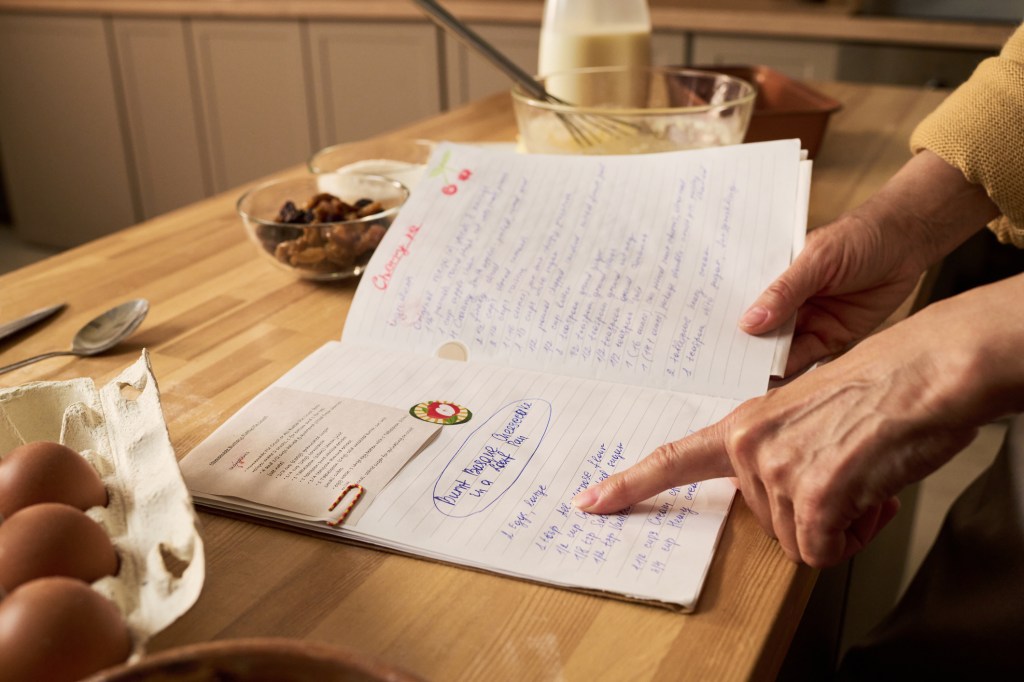
You can extend the same reasoning to all sorts of things. Your dad’s favorite joke? Record him telling it. That song your great aunt absolutely kills on piano? Turn it into an MP3. The silly dinner table tradition your little brother created for Thanksgiving? Write it down (illustrations encouraged).
And going back farther in your lineage to research and record information about your ancestors can illuminate aspects of yourself and your family dynamics, as well as offer you the chance to present your family’s story from your own perspective.
Documenting your family history may also help strengthen your sense of identity, per the Society of Genealogists, and can connect you with members of your family you aren’t as close with.
“Exploring and preserving family history is a fulfilling journey that enriches our sense of self and deepens bonds across generations,” writes the National Genealogical Society. “[It can] cultivate younger family members’ appreciation of their roots, let elders know they’re valued, and ensure your family can access memories and stories in the years to come.”
How to Do It
Gather Existing Records and Keepsakes
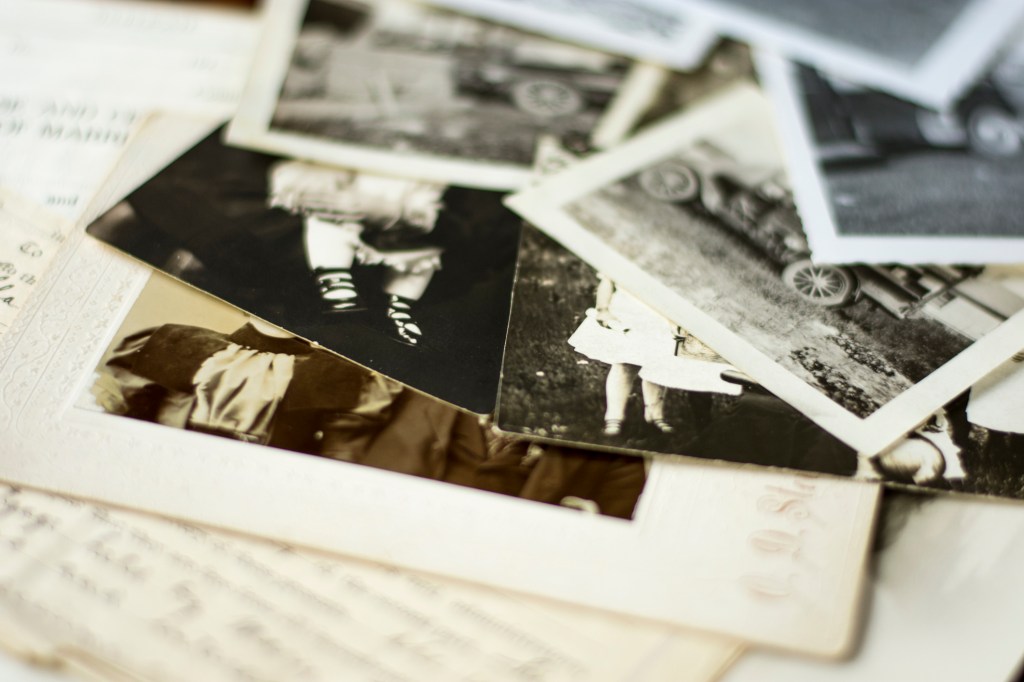
Many records of your family likely already exist, like photos, letters, diaries, scrapbooks, and recipe cards. Gather these and consider asking relatives to share the stories behind each (see the next section for more ideas in that vein).
Start Having Conversations
Now that you have all your existing records together, the easiest way to start creating new ones is to sit down with relatives one at a time and ask them about their lives. You can record these conversations or jot down notes as you go. Consider preparing prompts ahead of time — these could be chronological (childhood, adolescence, adulthood, for example) or set around themes, like triumphs or disappointments.
To get some practice, you might start by having a conversation with yourself — ask yourself the same type of questions and document your answers. Doing so has the benefit of potentially boosting your well-being: Tara Parker-Pope previously noted in a piece for The New York Times that studies have found expressive personal writing can improve symptoms of mood disorders and even increase your working memory.

Need help coming up with prompts? Here’s a list of sample questions, courtesy of the UCLA Library Center for Oral History Research. You can also check out this helpful resource on writing and sharing family stories.
Get Technology Involved
Consider looking at sites like Ancestry and FamilySearch to trace your ancestors and start building — or uncover more about — your family tree.
You can digitize the documents you’ve gathered and store them on an external hard drive that you dedicate solely for holding family history information, or on a shared cloud drive so others in your family can access them (more on that below).
Create a Family History Book or Digital Archive
Once you’ve got your documents gathered or digitized and some personal stories written down, start creating a family history book or digital archive. This is where things get fun, and you can let your creativity soar.

Your personal book could be a scrapbook you make yourself and add to over time, or you can use a company that compiles your photos and scanned documents into a professionally bound book, and then just keep adding volumes to your bookshelf. Be sure to include captions, family tree charts, and any other details to help contextualize the contents. You can also ask family members to submit drawings, quotes, or funny anecdotes to add to the pages.
Your third option is to create a website or other digital database that can be accessed online by whoever has the link. WordPress and Wix are great places to start for simple website building.
Final Thoughts
There are tons of famous narratives preserved in the annals of history, but your own story is arguably no less important than those shared in textbooks and biographies. It may seem overwhelming to write down everything about your family’s past and present, but let the project be an ongoing source of meaning and joy in your life — all you have to do is start with a simple conversation.
